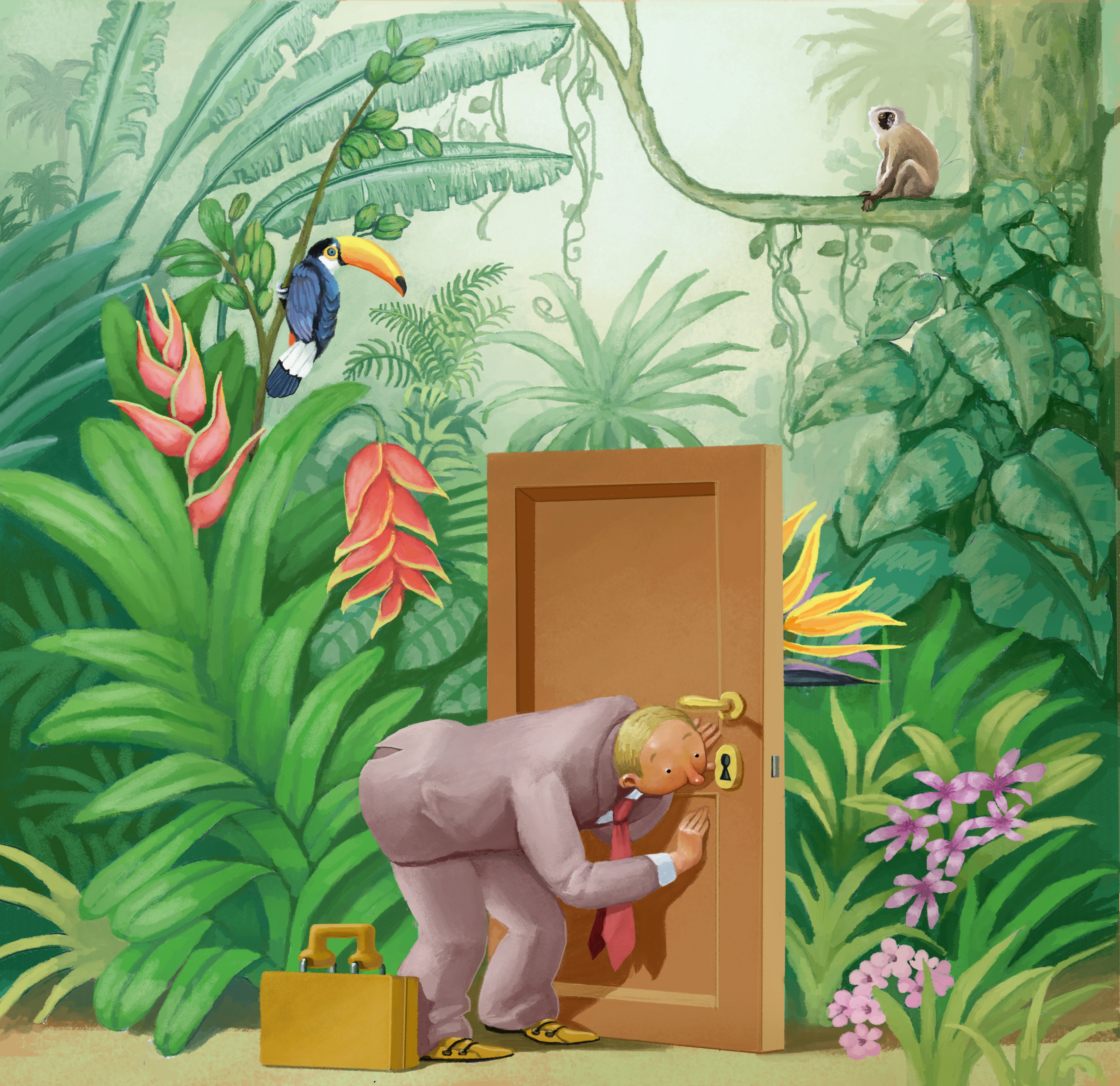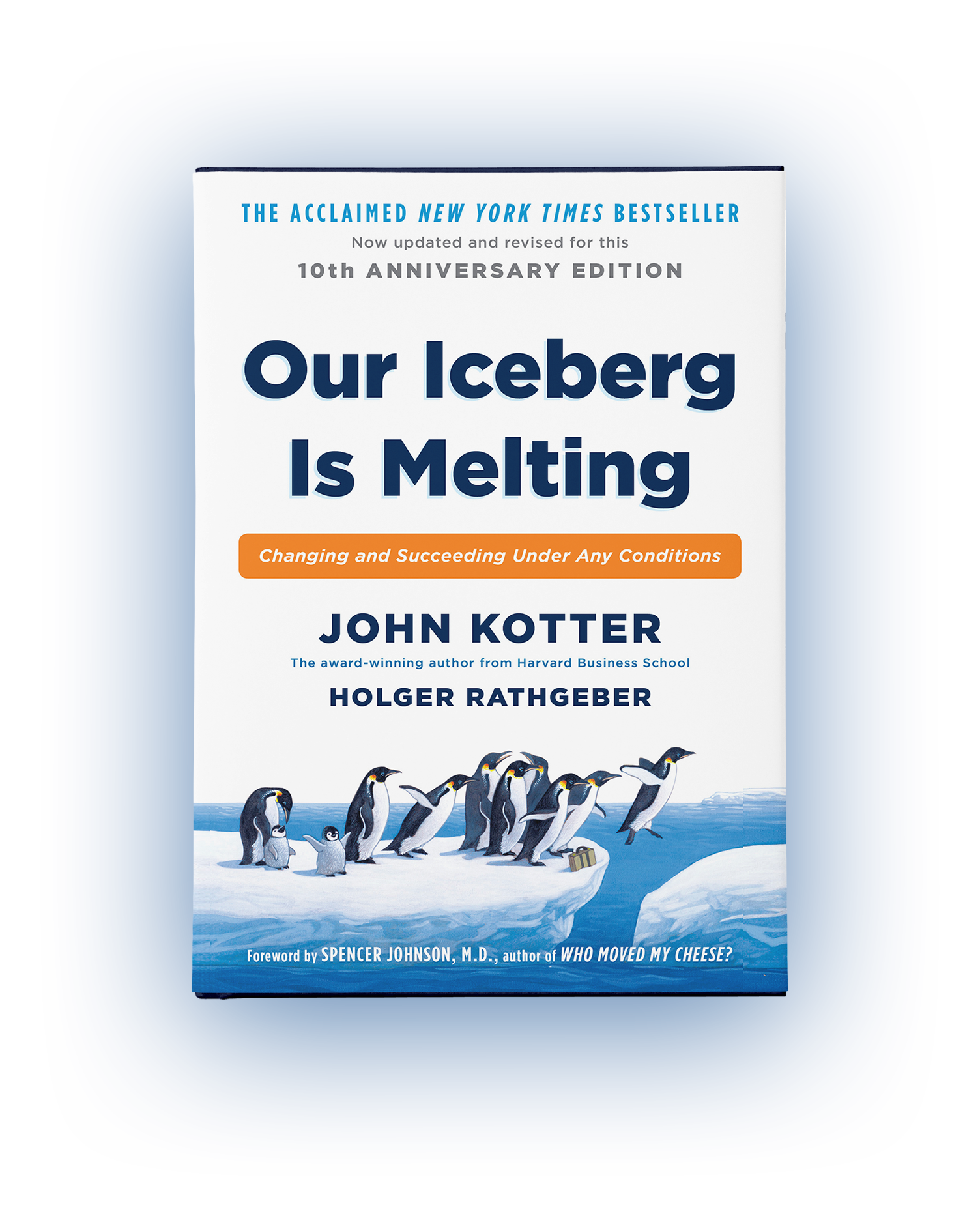
Resources
Content and thought leadership that I find useful, gathered in one place for your convenience.
Select tags below to browse by resource category.

Frederick Herzberg
Herzbergs Motivation Theory
Herzberg's Motivation Theory, also known as the Two-Factor Theory, proposes that there are two sets of factors that influence employee motivation and satisfaction in the workplace. The theory suggests that hygiene factors such as salary, work conditions, and company policies, can prevent dissatisfaction but do not directly lead to motivation. On the other hand, motivators, such as recognition, responsibility, and personal growth opportunities, are factors that can positively impact motivation and job satisfaction. The theory emphasizes the importance of addressing both hygiene factors and motivators to create a fulfilling work environment.

Judy Wolf
Situational Leadership
Situational Leadership is a widely recognized leadership theory developed by Paul Hersey and Ken Blanchard. It suggests that effective leaders adjust their leadership style based on the readiness and development level of their followers. By matching leadership behavior to the needs of the situation, leaders can maximize the performance and growth of their team members.

Robert B. Cialdini
INFLUENCE: The Psychology of Persuasion
Influence: The Psychology of Persuasion is a renowned book by Robert Cialdini that delves into the principles and techniques behind the art of persuasion. Drawing from extensive research in psychology, Cialdini explores the six universal principles of influence: reciprocity, commitment and consistency, social proof, liking, authority, and scarcity. The book offers valuable insights into how these principles can be effectively applied to influence others, make better decisions, and navigate the complexities of social influence in various aspects of life.
Patrick Lencioni
The Ideal Team Player
"The Ideal Team Player" is a book that outlines three essential virtues for effective teamwork: being humble, hungry, and smart. Lencioni argues that team members who possess humility, a hunger for success, and good interpersonal skills (smart) are more likely to collaborate well, contribute to the team's goals, and foster a positive working environment. The book provides insights and practical guidance on how individuals can develop these qualities and create high-performing teams.
Shawn Achor
The Happy Secret To Better Work
In "The Happy Secret to Better Work," Shawn Achor presents the idea that happiness leads to greater success in the workplace, rather than the other way around. He explains that by focusing on positive psychology and cultivating happiness through gratitude, acts of kindness, exercise, and meditation, individuals can improve their productivity, creativity, and overall job satisfaction. Achor argues that by shifting our mindset and embracing a positive outlook, we can create a ripple effect that not only benefits our own well-being but also positively impacts those around us.

Rhonda Gardner
Skill/Will Matrix
The Skill/Will Matrix is a leadership tool used to assess and categorize individuals based on their skill level and willingness to perform a specific task or role. It is a 2x2 matrix that helps leaders determine appropriate leadership approaches and support strategies for different individuals. The matrix typically has four quadrants: high skill/high will, high skill/low will, low skill/high will, and low skill/low will, each requiring a different leadership approach to effectively manage and develop individuals.

Dalia Molokhia
The Importance Of Being Curious
Molokhia discusses the importance of curiosity in both personal and professional growth. She highlights how leaders who embrace curiosity and ask the right questions are more likely to succeed in an ever-changing world. The author suggests developing a beginner's mind, asking questions, trying new things, and being inquisitive as ways to cultivate curiosity.

Claes Janssen
The House of Change model
TheHouse of Change Model developed by Claes Janssen, is a psychological model that describes the dynamics of personal and organizational change. It visualizes an individual's or group's journey through four rooms: Contentment, Denial, Confusion, and Renewal. The model suggests that in order to progress and achieve renewal, individuals or organizations must navigate through the discomfort of denial and confusion to ultimately embrace change and find new possibilities for growth.

Sir John Whitmore
GROW model
The GROW model, created by Sir John Whitmore, is a simple and effective framework for coaching and goal-setting. It stands for Goal, Reality, Options, and Way Forward, and it provides a structured approach to help individuals or teams clarify their goals, understand their current reality, explore potential options, and create an actionable plan for moving forward.

Warren Berger
A More Beautiful Question
A More Beautiful Question by Warren Berger explores the power and importance of asking meaningful questions in our personal and professional lives. Berger argues that questioning is a fundamental skill for innovation, problem-solving, and personal growth. Through inspiring examples and practical insights, the book encourages readers to embrace curiosity, challenge assumptions, and ask better questions to unlock new possibilities and uncover transformative answers.
Edward de Bono
Six Thinking Hats
The Six Thinking Hats is a method developed by the De Bono Group that encourages parallel thinking and enhances decision-making and problem-solving processes. Each "hat" represents a different perspective or thinking style, such as logical, emotional, creative, critical, and practical, allowing individuals or teams to systematically explore multiple angles and consider different aspects of a situation. By wearing these metaphorical hats, participants can better understand complex issues and generate more comprehensive and balanced solutions.

John Kotter
Our Iceberg is Melting
"Our Iceberg Is Melting" by John Kotter is a fable about a group of penguins facing a crisis due to a melting iceberg, serving as an allegory for change management in organizations. The book offers a step-by-step framework for navigating change, emphasizing the importance of urgency, teamwork, creative problem-solving, and effective communication. It provides practical insights on how to overcome resistance to change and successfully adapt to new circumstances.
